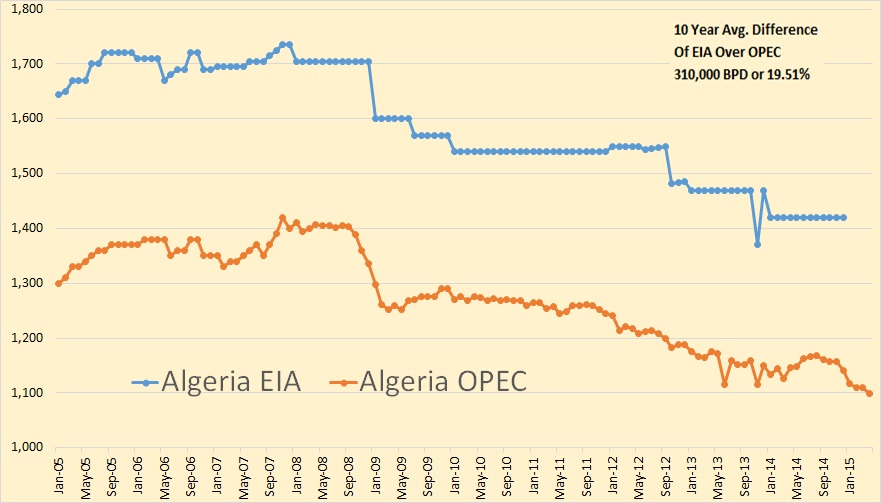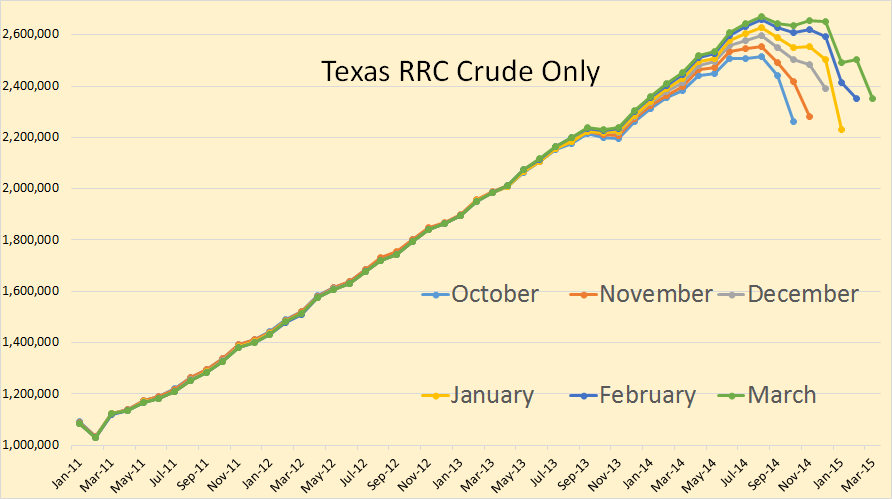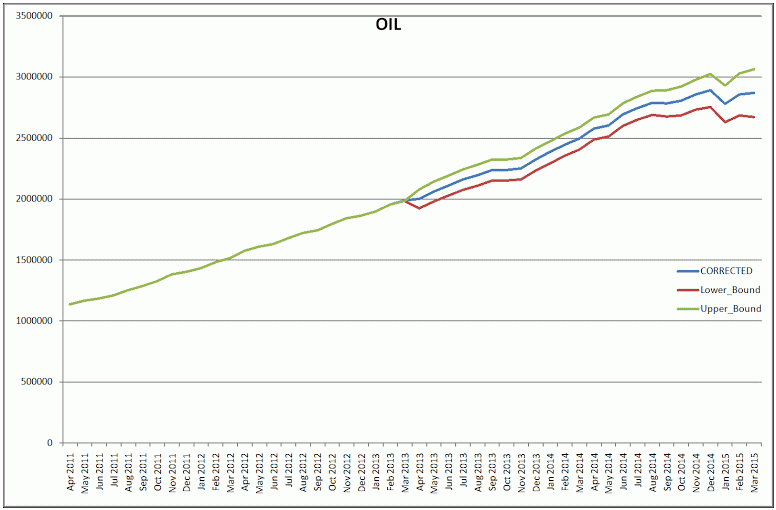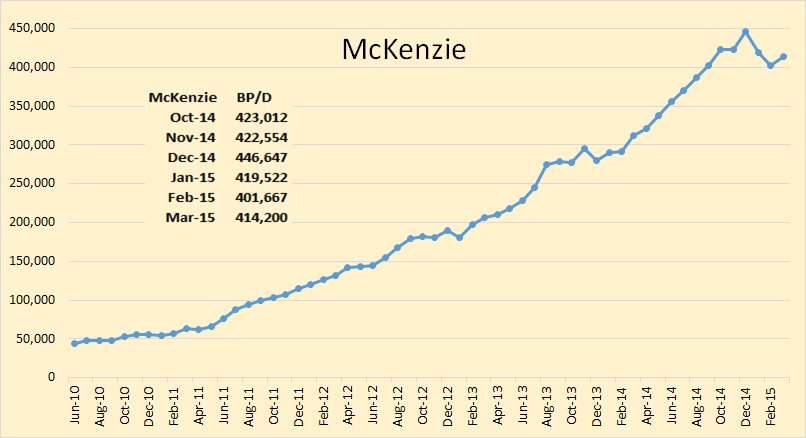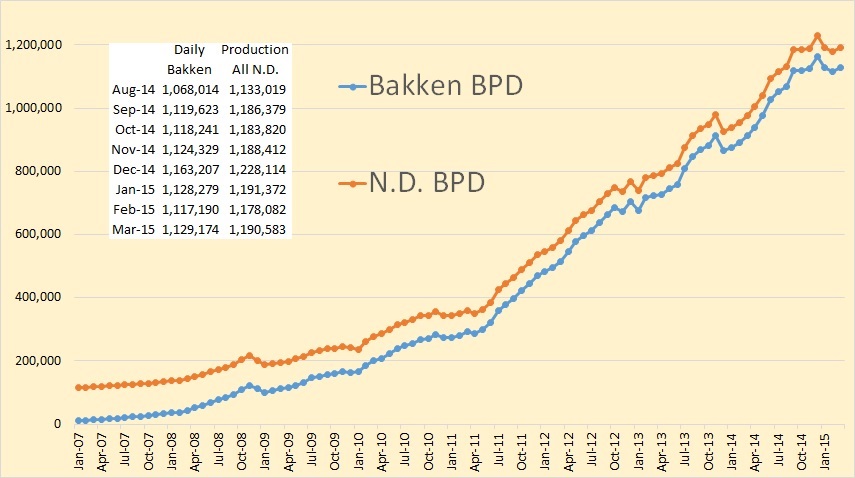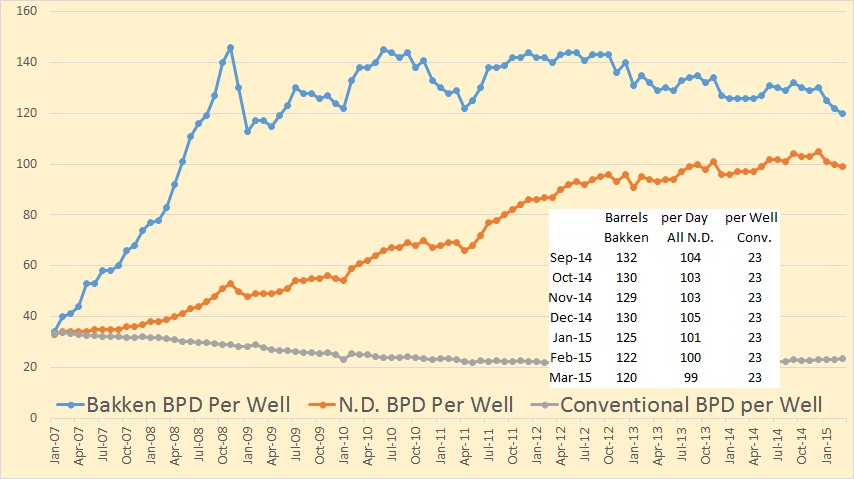OPEC publishes monthly production data for all OPEC nations in their Monthly Oil Market Report. The data crude oil production only and does not include condensate. I have found the data to be highly accurate and any errors are corrected in the next month’s report or the month following that. The OPEC data is from OPEC’s “Secondary Sources”.
The EIA also publishes OPEC production data in their International Energy Statistics. However the EIA does not publish crude only data. Their data includes condensate.
All data is in thousand barrels per day. The last EIA data point is December 2014 and the last OPEC data point is April 2015.
Almost 20% of Algeria’s production is condensate if the EIA is correct. Algeria does produce a lot of condensate but I have serious doubts about the accuracy of the EIA data. As you can see from the chart the EIA has Algeria’s production absolutely flat for 24 months, from January 2010 through December 2011. But both the EIA and OPEC agree on one point, Algeria is in decline.
